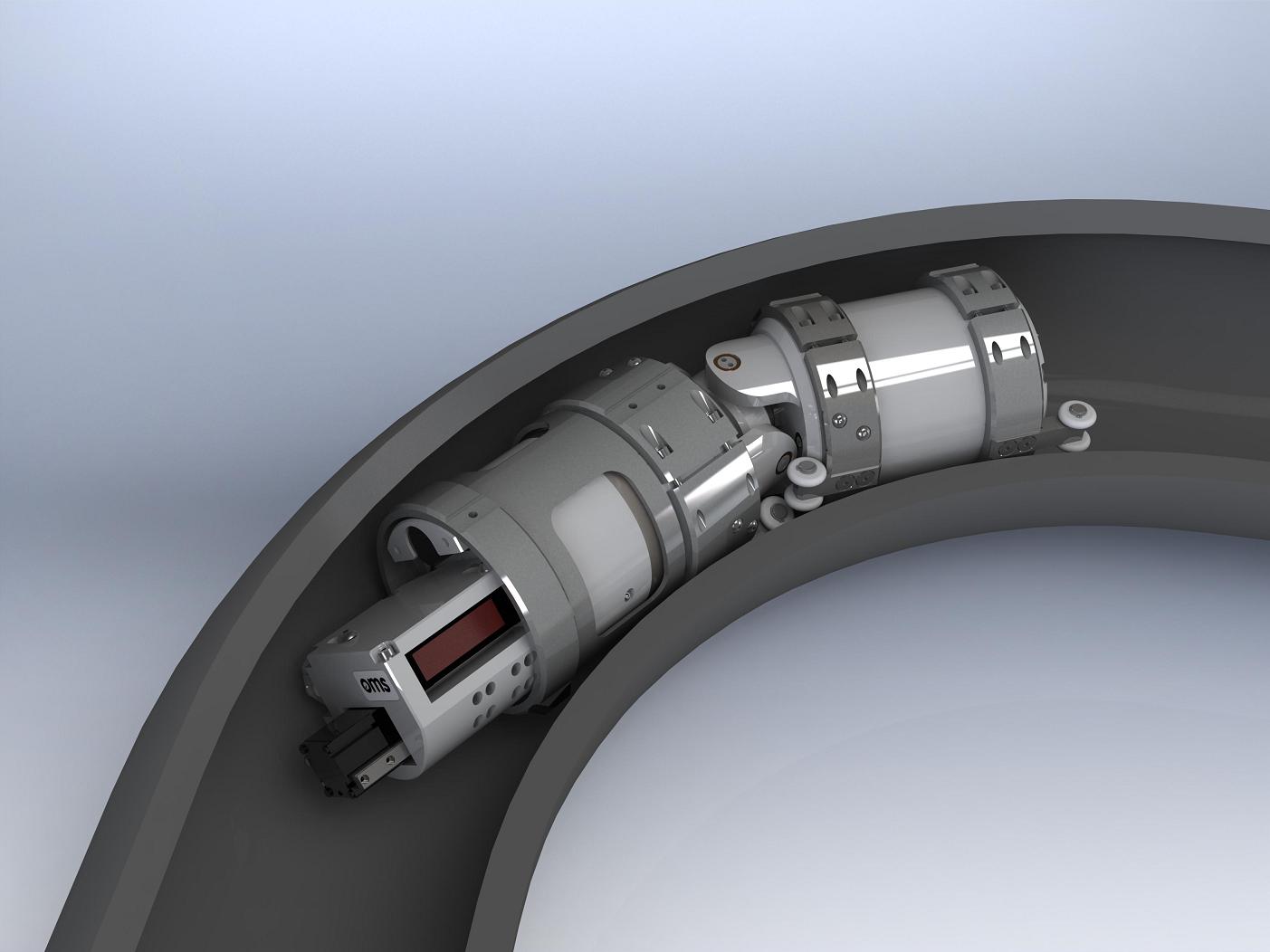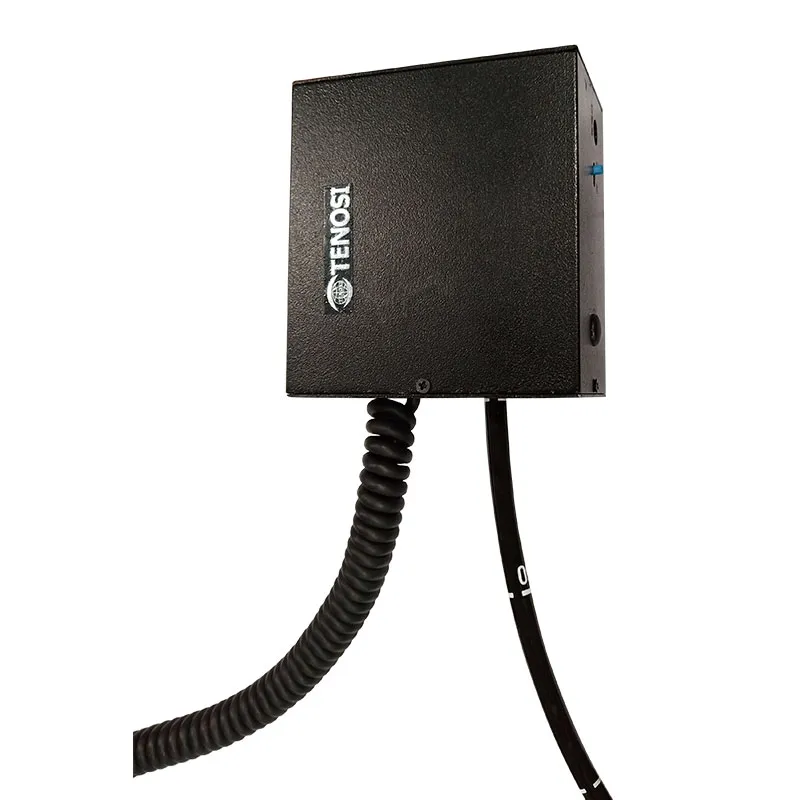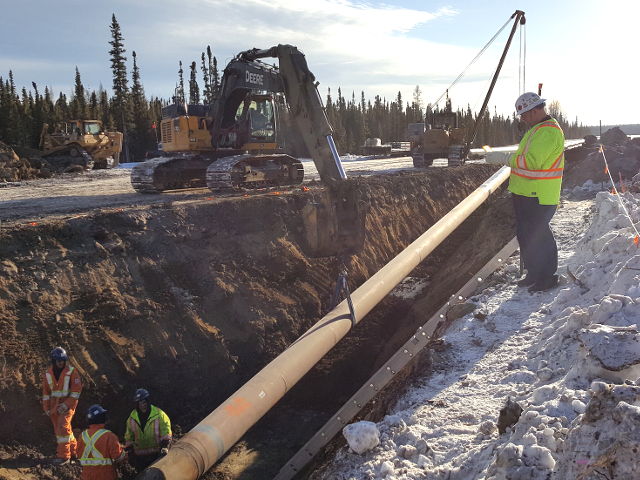
Ideal Practices for Pipeline Welding Assessment: Techniques, Specifications, and Treatments to Achieve Quality Control and Compliance
Efficient pipeline welding assessment is necessary for making certain the honesty and safety and security of essential framework. Comprehending the complexities entailed in each phase of inspection is important to accomplishing compliance and dependability in pipeline systems.
Relevance of Welding Evaluation
The honesty of welded joints is extremely important in making certain the safety and security and dependability of pipeline systems. Proper welding techniques and detailed examination procedures are vital to avoid failures that can bring about disastrous events, environmental damages, and loss of life. Pipeline Welding Inspection. Welding inspection works as a safety net, recognizing defects such as splits, porosity, and incomplete combination prior to they intensify into severe concerns
Moreover, pipe systems often operate under high stress and severe conditions, making the high quality of welds even more vital. Regulative conformity is another considerable element, as numerous standards dictate the high quality guarantee procedures that should be stuck to in pipe construction and maintenance. Failure to conform can lead to financial losses and legal ramifications.

The role of welding evaluation prolongs past simple confirmation of handiwork; it incorporates the guarantee of lasting functional honesty. This entails an organized strategy that consists of not just aesthetic examinations yet additionally progressed non-destructive screening approaches. Ultimately, effective welding assessment is a financial investment in the long life and safety of pipeline systems, ensuring they work as meant while minimizing threats related to material shortages.
Secret Examination Strategies

Aesthetic inspection, commonly the first line of defense, permits for the identification of surface issues such as cracks, damages, and porosity. Ultrasonic screening employs high-frequency audio waves to detect interior defects, supplying a comprehensive analysis of weld honesty. This non-destructive method is especially reliable for identifying gaps that might not show up externally.
Radiographic screening entails making use of X-rays or gamma rays to generate photos of the bonded joint, disclosing inner issues. This technique offers comprehensive insights but may require specific devices and security factors to consider. Lastly, magnetic particle testing works for spotting surface and near-surface gaps in ferromagnetic products, utilizing electromagnetic fields and great iron particles.
Market Criteria and Regulations
Compliance with industry standards and regulations is vital for making certain the high quality and security of pipe welding examinations. These criteria supply a structure for best techniques in welding procedures, materials, and inspection strategies, enabling organizations to decrease flaws and enhance the integrity of pipe systems. Secret bodies such as the American Culture of Mechanical Engineers (ASME), the American Welding Culture (AWS), and the International Company for Standardization (ISO) state standards that are widely acknowledged and adopted within the market.
In the United States, regulations from the Pipe and Hazardous Materials Safety And Security Management (PHMSA) govern the security of pipeline procedures, mandating rigorous assessment protocols. These criteria not only offer to protect public security and the environment however additionally guarantee conformity with legal and contractual commitments. Adherence to the relevant codes, such as ASME B31.3 for process piping, is essential for preserving functional efficiency and governing compliance.
Additionally, continual updates and revisions to these requirements mirror technological improvements and advancing industry methods, highlighting the demand for companies to remain informed and train employees as necessary. Ultimately, robust compliance with well established requirements cultivates trust and dependability in pipeline facilities, guarding both stakeholders and assets.
Effective Examination Treatments
Effective evaluation treatments are vital for recognizing potential defects in pipeline welds and guaranteeing the general integrity of the system. A systematic approach to assessment includes a number of crucial phases, including pre-weld, in-process, and post-weld evaluations. Each phase plays an important function in maintaining quality assurance.
During pre-weld inspection, it is important to evaluate the products and joint arrangements, making sure compliance with job specifications. In-process inspections entail monitoring welding techniques and specifications, such as heat input and travel rate, to stop problems from occurring. This stage look what i found allows for real-time adjustments to welding practices.
Post-weld assessments consist of non-destructive testing (NDT) techniques like radiography, ultrasonic screening, and magnetic particle screening. These techniques help detect inner and surface flaws that can compromise the pipe's performance. Documentation of all inspection activities is critical, giving a deducible document that sustains compliance with sector requirements.
Educating and accreditation of evaluation employees even more enhance the performance of these procedures. By adhering to an organized inspection method, organizations can minimize dangers, ensure conformity, and ultimately provide pipes that meet rigid safety and performance needs.
Typical Obstacles and Solutions
Pipeline welding evaluation offers several typical obstacles that can impact the high quality and safety of the end product. One substantial challenge is the variability in welding methods and products, which can result in irregular weld quality. To address this, it is critical to develop standardized procedures and training for welders, making certain an uniform method throughout jobs.

Ecological elements, consisting of temperature and humidity, can likewise influence the welding process, potentially causing cracks or insufficient fusion. Applying controlled environments and sticking to pre-weld procedures can minimize these risks.
Verdict
In final thought, the implementation of finest methods for pipe welding evaluation is essential for making sure quality guarantee and compliance with market criteria. An extensive strategy, incorporating different techniques such as visual, ultrasonic, and radiographic screening, facilitates the identification of issues throughout all stages of the welding process. Pipeline Welding Inspection. Adherence to developed policies and reliable inspection treatments not just enhances the reliability and security of pipe systems but likewise minimizes risks connected with welding defects, thus advertising total functional honesty
Compliance with market criteria and laws is vital for guaranteeing the top quality and safety and security of pipeline welding evaluations. These requirements supply a structure for ideal techniques in welding check my source processes, materials, and evaluation methods, enabling companies to lessen issues and boost the integrity of pipeline systems.In the United States, policies from the Pipeline and Hazardous Products Security Management (PHMSA) control the safety and security of pipe procedures, mandating strenuous inspection protocols. A systematic method to visit this website evaluation encompasses several vital stages, consisting of pre-weld, in-process, and post-weld assessments.In final thought, the application of best practices for pipe welding examination is essential for guaranteeing quality assurance and conformity with industry criteria.